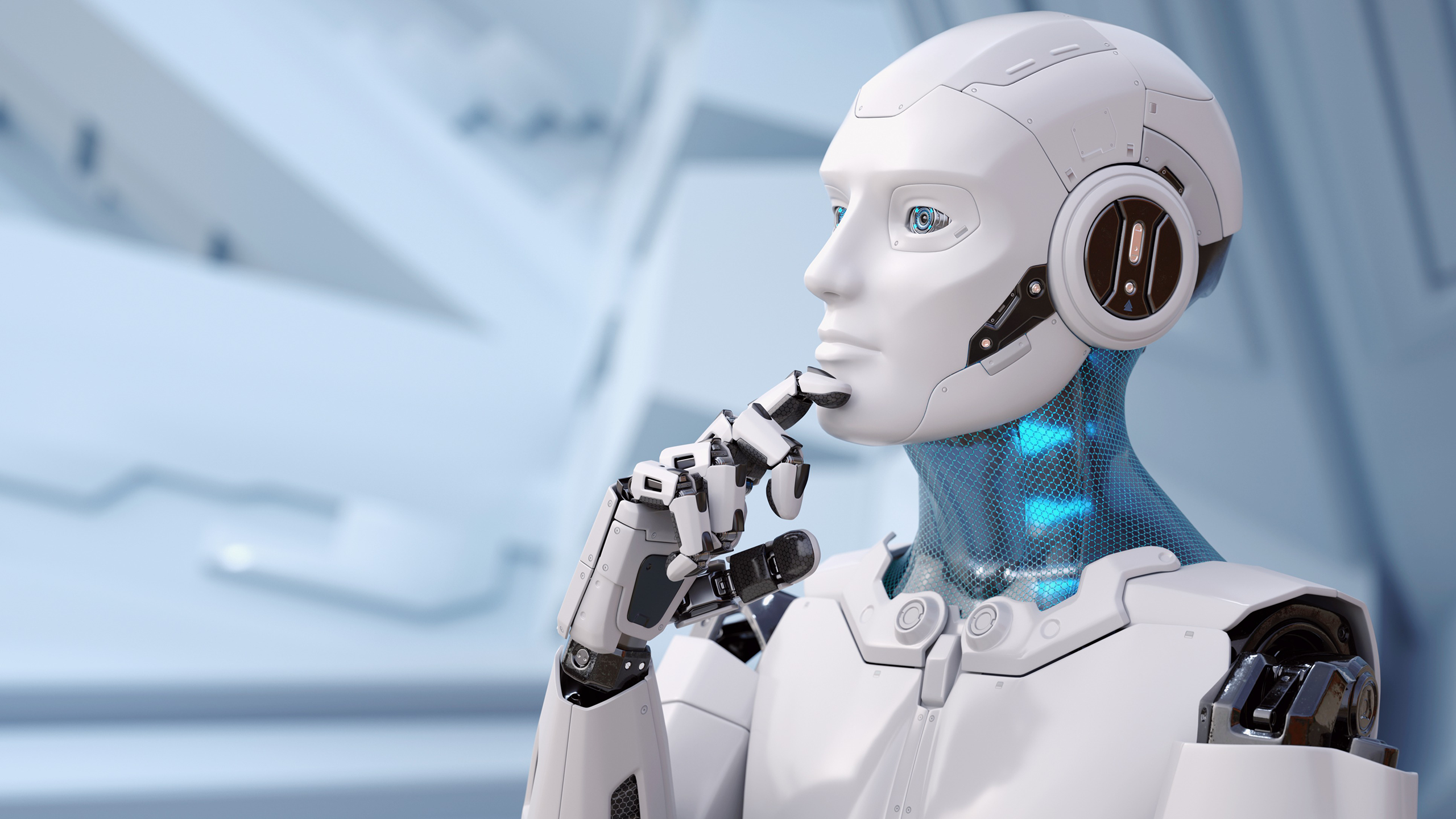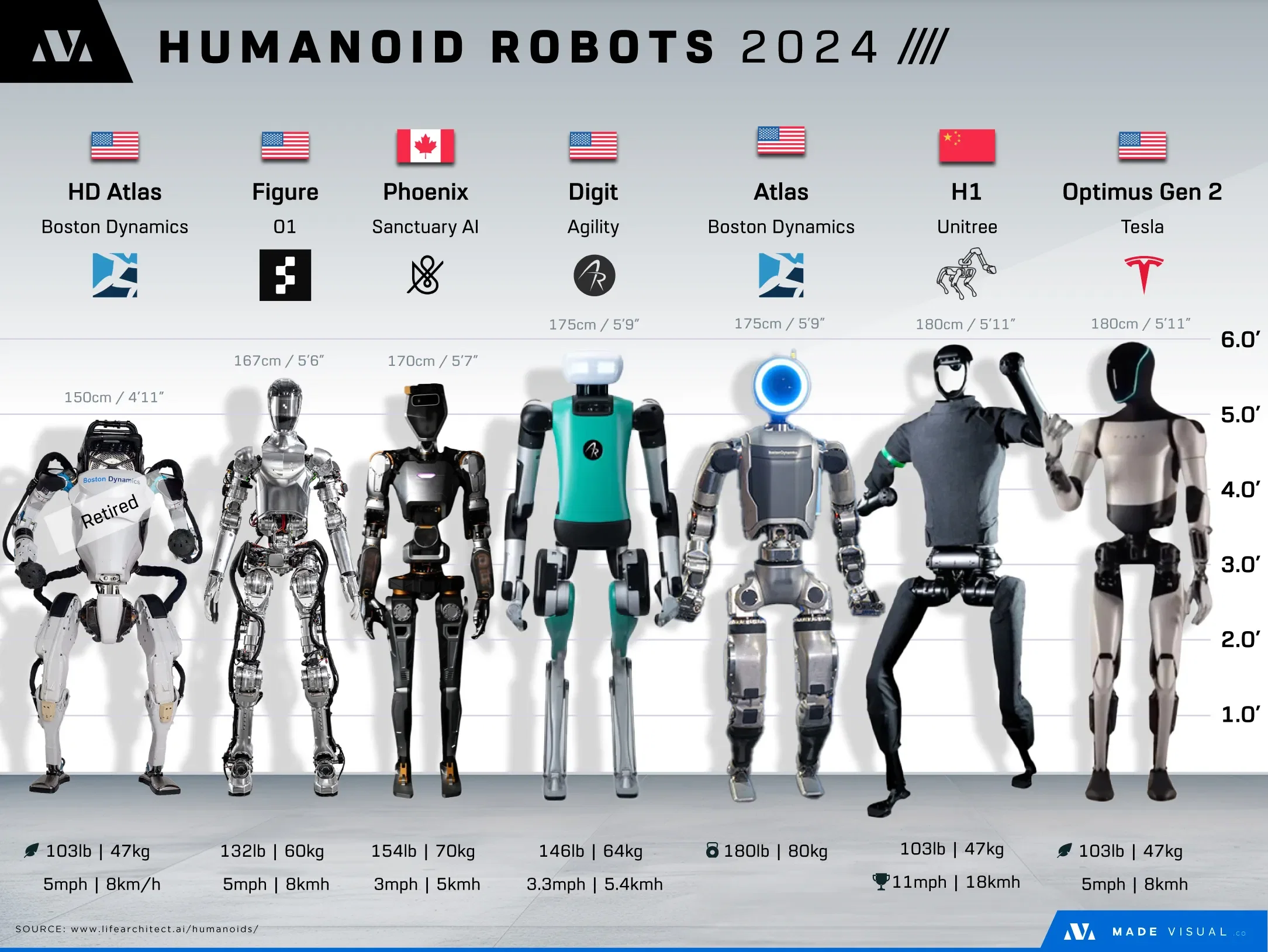Beautifully put. https://t.co/eTUUV0g5HT
— Paramendra Kumar Bhagat (@paramendra) May 17, 2025
Humanoids Are the iPhone of AGI: Why the Metaphor Makes Sense (and Where It Breaks Down)
When someone says “Humanoids are the iPhone of AGI,” they’re drawing a bold and provocative analogy—one that captures both the promise and the potential pitfalls of where artificial general intelligence (AGI) may be headed. Like all metaphors, it’s imperfect. But it’s also illuminating. Let’s break it down.
The iPhone Revolution: A Precedent
Before the iPhone, we had mobile phones. Some were smart-ish, with limited apps, clunky browsers, and clumsy interfaces. Then in 2007, Apple introduced a sleek, powerful device that redefined an entire category. The iPhone wasn’t just a phone—it was a platform, an ecosystem, and a cultural touchstone. It compressed dozens of tools into one object: camera, GPS, computer, music player, payment system, and more. And it gave birth to the app economy, changing how billions of people live, work, and connect.
Now consider humanoid robots.
The Humanoid Revolution: A Coming Shift
We already have narrow AI—GPTs, Codex, DALL·E, etc. These are powerful, but still task-specific. They can reason, generate, assist, and analyze—but only within certain bounds. AGI, by contrast, implies general intelligence: the ability to learn anything a human can, adapt to new environments, and reason across domains.
Humanoids may be the hardware form factor that unlocks AGI for the physical world, just as the iPhone unlocked the full potential of mobile computing. Like the iPhone, humanoids unify many capabilities:
-
Perception (sight, sound, touch)
-
Mobility and dexterity
-
Cognitive processing
-
Natural interaction with humans
-
General-purpose utility across industries
A humanoid can walk into a hospital, kitchen, warehouse, or battlefield—and adapt. That’s not unlike how you can take your iPhone from a boardroom to a ski slope, and it still performs.
Why the Metaphor Works
-
Platform for Developers
Just like the iPhone needed apps to reach its full potential, humanoids will rely on a robust ecosystem of software—AGI models, APIs, tools for learning and memory—to become truly useful. -
Consumer Readiness
The iPhone was the first “smart” device that everyday people wanted, not just needed. If humanoids cross the uncanny valley and deliver real utility in a sleek, reliable form, they could be the first AGI product that consumers and businesses embrace at scale. -
Ecosystem Effects
The iPhone didn’t just change phones—it changed industries: music, taxis, dating, gaming, banking. Humanoids, once integrated, could have similar disruptive effects across labor, caregiving, education, logistics, and more. -
Symbol of Status and Capability
Early iPhones were luxury tech. Similarly, early humanoids may signal cutting-edge sophistication. Countries and companies that deploy them could be seen as AI-first leaders.
Where the Metaphor Breaks Down
-
Cost and Complexity
The iPhone, despite its innovation, is relatively simple compared to a humanoid robot. Manufacturing, maintenance, and mobility in the real world are exponentially harder. A dropped iPhone cracks its screen; a fallen humanoid could destroy thousands in servos and sensors. -
Form Factor Universality
The smartphone was the ideal form for mobile computing. Humanoids are one possible form factor for AGI—useful in human environments, yes, but not necessarily optimal in all cases. Wheels, drones, or disembodied voice agents may outperform humanoids in many domains. -
Latency of Adoption
iPhones scaled fast because the infrastructure was ready: the internet, app stores, developers. Humanoids may face regulatory hurdles, social resistance, and infrastructure mismatch. Human-shaped machines walking down the street are a bigger societal leap than touchscreen phones. -
Emotional and Ethical Baggage
People didn’t project emotions or moral status onto their phones. With humanoids, especially intelligent ones, questions of consciousness, labor rights, and machine ethics will complicate adoption in a way the iPhone never had to contend with.
Final Thoughts
The metaphor “humanoids are the iPhone of AGI” is powerful because it evokes a future where intelligence isn’t locked in servers or screens—but walks, talks, and collaborates with us in the real world. It implies accessibility, elegance, and disruptive scale.
But unlike the iPhone, humanoids will need to overcome higher technical hurdles, deeper ethical debates, and greater public skepticism. If they succeed, they won’t just change the way we interact with technology—they’ll redefine what it means to be human in an AI-powered world.
The iPhone was a revolution in your pocket. The humanoid could be the revolution in your living room, classroom, hospital, or job site.
The question is not if they arrive—but when, how, and who controls them.
Rethinking Trade: A Blueprint for a Just and Thriving Global Economy
The $500 Billion Pivot: How the India-US Alliance Can Reshape Global Trade
Trump’s Trade War
Peace For Taiwan Is Possible
Formula For Peace In Ukraine
The Last Age of War, The First Age of Peace: Lord Kalki, Prophecies, and the Path to Global Redemption
AOC 2028: : The Future of American Progressivism
Velocity Money: Crypto, Karma, and the End of Traditional Economics
The Next Decade of Biotech: Convergence, Innovation, and Transformation
Beyond Motion: How Robots Will Redefine The Art Of Movement
ChatGPT For Business: A Workbook
Becoming an AI-First Organization
Quantum Computing: Applications And Implications
Challenges In AI Safety
AI-Era Social Network: Reimagined for Truth, Trust & Transformation



No comments:
Post a Comment